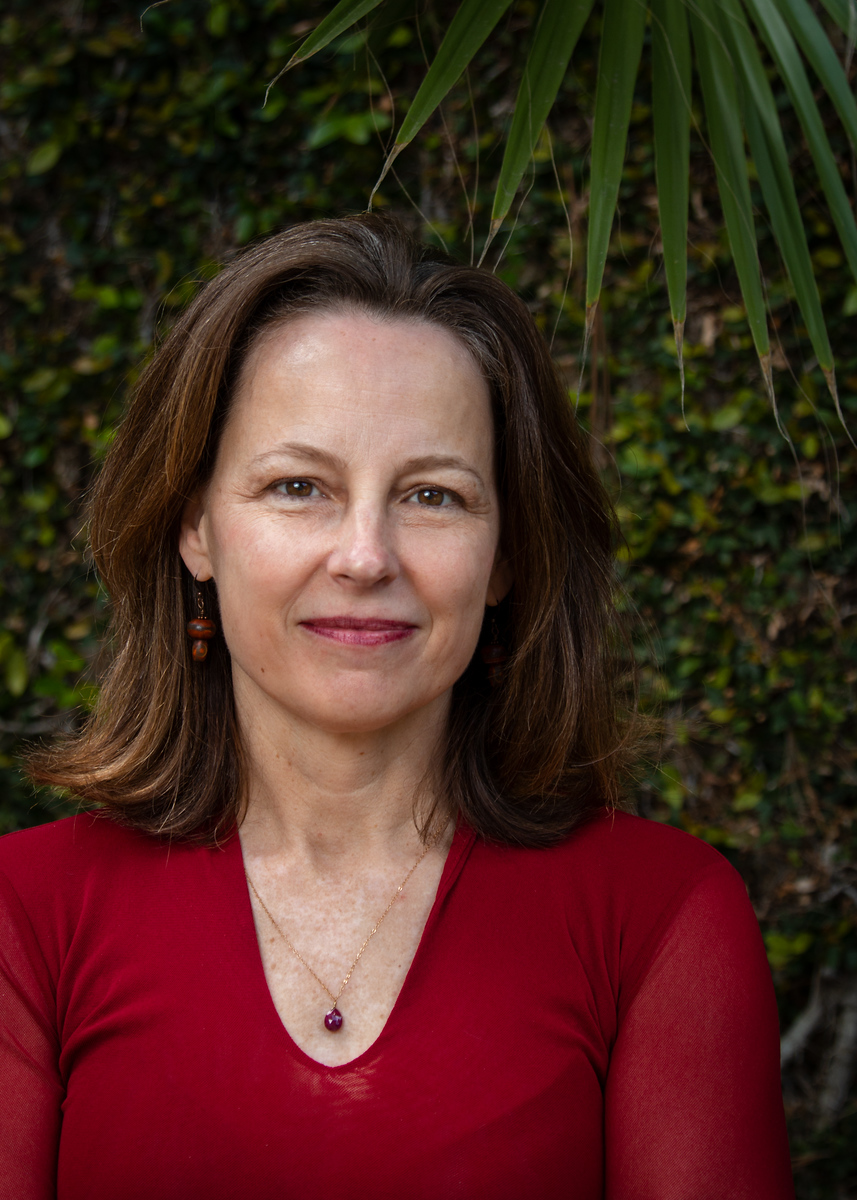Leading in Tough Times - Coaching Your Team Through Complexity
- POSTED ON APRIL 17, 2023

Leaders and teams are faced with an increasingly complex environment. Complexity is both internal in the form of rapidly shifting stakeholder needs and a more dynamic (i.e. hybrid) work environment. And external in terms of increased polarization on specific social issues and the urgency of global threats such as climate change.
Traditionally we have looked for answers to come from the top. In order to lead through complexity, we need to capitalize on the strengths and talent of each and every team member. This requires us to bust the myth that great leaders have all the answers. In this model of leadership, the leader crafts a vision, brings others onboard and acts decisively. In an increasingly complex world, this stereotypical style of leadership is not only ineffective, it’s risky.
In Simple Habits for Complex Times, Jennifer Garvey Berger and Keith Johnston assert that we need new ways of making sense of the world and of taking action to make a difference. We need to talk to each other in new ways, make decisions differently and develop strategies and plans that are emergent rather than static. Fortunately, as co-active coaches and leaders we have many of the skills and capacities that are foundational for leading our teams through this complex landscape.
1. Rather than providing answers, co-active leaders ask powerful questions.
Effective leadership is no longer about being the smartest person in the room. I often work with leaders who believe asking effective questions is about getting their team to the “correct” answer (usually the one they have already thought of.) This not only does not capitalize on the experiences of the diverse and talented individuals that make up a team, it also doesn’t give you new information about the challenges your team is facing.
In the Co-Active coaching curriculum, one of the first skills we offer is how to ask powerful questions that are brief, curious and open-ended. The question is measured as powerful not by how smart it is, but by what it unlocks for the client. Similarly, if we want to develop robust solutions, we need to unlock new team insights and access the its collective wisdom.
2. Co-active leaders move from what is probable to what is possible.
Traditionally leaders have relied on more of a consulting or expert model for leadership. They focused on what is known and what is likely to happen. This worked well when things were more predictable. As change has become more constant, a focus on what is probable is not enough.
Consider the pivot that coaching and leadership training companies, CTI included, needed to make during the pandemic. We didn’t believe it was possible to teach interpersonal skills virtually, especially because we knew the power of an embodied approach to transformation. The pandemic required us to develop a virtual experience that supported online learning and still delivered on our promise for transformation. In the process, it is now possible for students in dispersed geographies and with less mobility to have access to Co-Active training.
We don’t need to wait for a global pandemic to focus on what’s possible. Instead, using co-active skills we can support our teams in imagining a more ideal state. In the principle of Fulfillment, we learn tools to create a vision and help you tell the difference between fear-based thinking and your wisest self. We do this through powerful questions, but also by offering metaphors and through visualization and values.
These same skills and tools can be used to unleash the creativity and innovation on your team. By focusing on the field of possibilities rather than what is likely to happen, we enable our teams to not only innovate but co-create a better future. This approach is more effective in a more ambiguous environment, and also nurtures engagement and well-being for the team.
3. Co-Active leaders take multiple perspectives into account.
Great leaders know how to bring people together. They are deeply empathetic and understand that building bridges is part of their role. Our world is becoming increasingly polarized so this ability to see and take multiple perspectives has never been more important.
This is a capacity that we build in the Balance principle by recognizing that we are always in a perspective and helping build awareness and choice for the perspective that will serve the issue best in the moment. The capacity to see the truth in multiple viewpoints of the same issue is vital to leading through complexity. How can we hold two seemingly contradictory ideas true at the same time? Every day we see evidence of the perspective that capitalism creates both prosperity and inequity. Which is more true? It depends on your specific location in society and the given moment in time. Have you just been laid off or did you just receive a raise?
Your teams will also have a wide variety of experiences in any given moment in their work. When leaders understand and hold multiple perspectives, they are able to see current reality more clearly, empathize with others, and make decisions that are more robust.
4. Co-Active leaders dance in this moment.
Traditionally, effective leadership has been about creating a plan and then executing on that plan. In a complex world, change is so frequent and there is no one “best” solution. This means the team must develop safe-to-fail experiments and learn from them. The cornerstone of Dance in this Moment gives leaders the capacity to shift based on new information or their intuition.
Instead of looking for the “best” answer, we can find a “good enough” experiment and iterate and then dance in the next moment.
Whether you are working one-on-one with someone from your team or guiding the whole team through a change initiative, co-active coaching skills are a platform for navigating volatility and uncertainty with your team. The beauty of co-activity is it approaches complexity in a more holistic and embodied way. Imagine a world where teams were not only highly productive, but also connected and resonant with the possibilities of building a better future.





